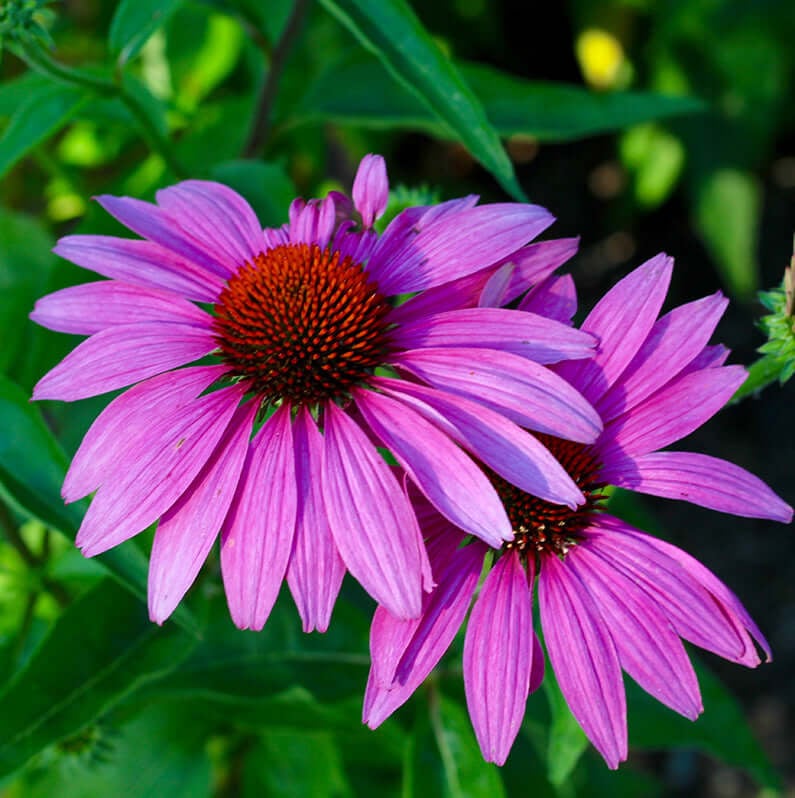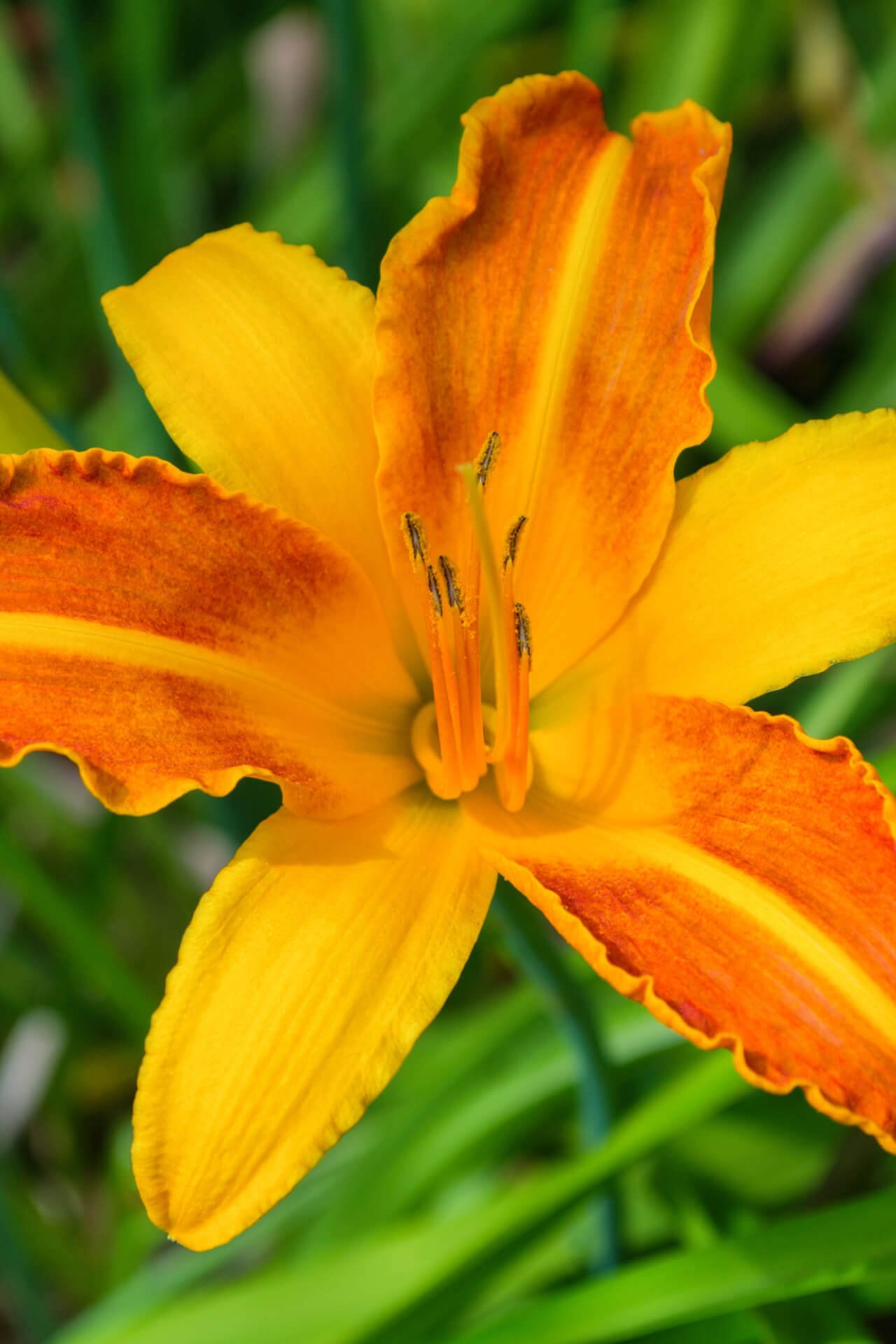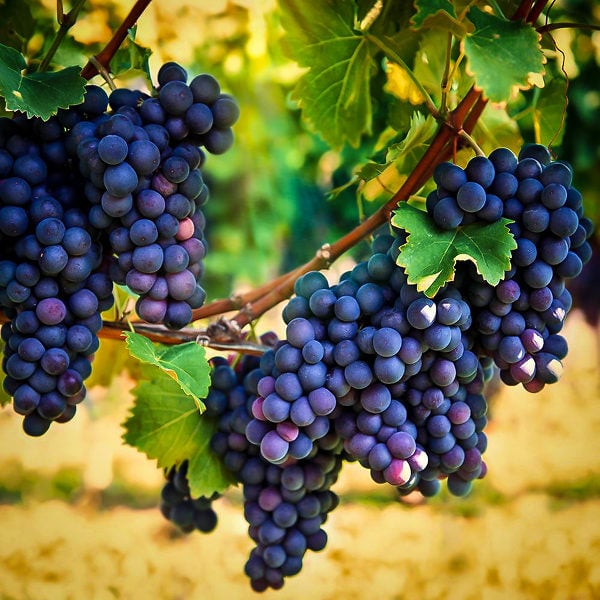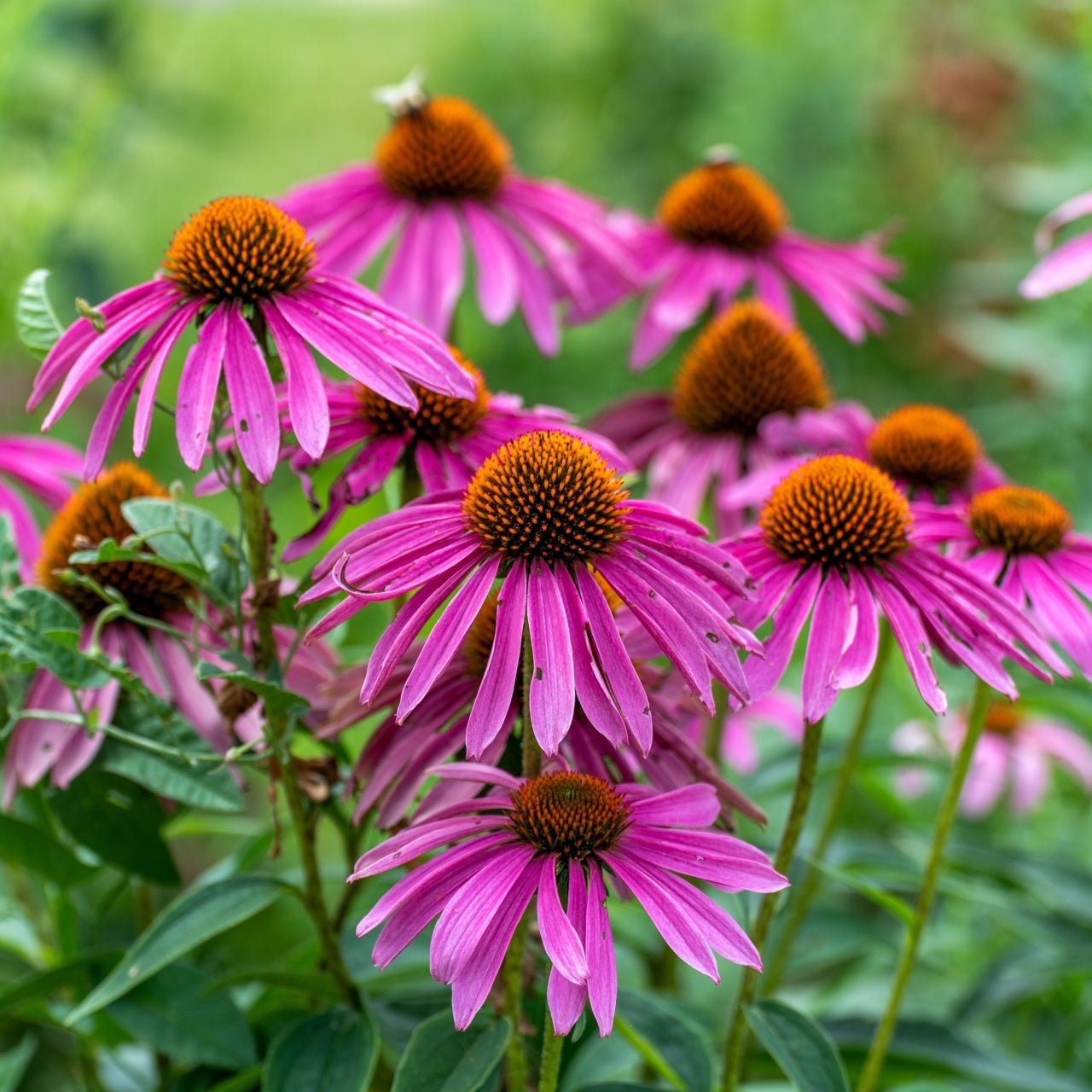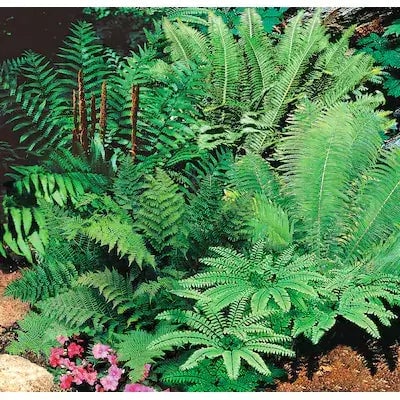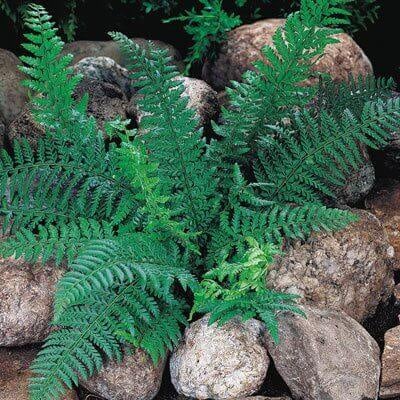What Are Perennials, and What Benefits Do They Offer?
Perennials live for over two years and continue growing and blooming for multiple seasons. Unlike annuals, which complete their life cycle in one year, perennials typically die back to the ground during winter and then regrow in the spring.
There is a wide variety of perennials, ranging from herbaceous plants like daisies, coneflowers, and daylilies, to woody shrubs and trees like roses and lilacs. Perennials can be used in various garden settings, including mixed borders, rock gardens, meadows, and woodland gardens.
One of the advantages of perennials is that they require less maintenance than annuals, as they don't need to be replanted each year. They also tend to be more drought-tolerant than annuals, making them a good choice for areas with limited water resources. Perennials are popular among gardeners because of their long-lasting beauty and low maintenance requirements.
History of Perennial plants
Perennial has a long and rich history, dating back thousands of years. In ancient times, perennial plants like grapevines, olives, and figs were cultivated for food and other uses. The use of perennial plants in gardens dates back to ancient Rome and Greece, where elaborate gardens were created using a variety of plants, including perennials.
During the Middle Ages in Europe, monastic gardens were established, and perennials were used extensively. These gardens were typically enclosed by walls and included medicinal and culinary herbs and ornamental perennials such as roses and lilies.
The popularity of perennial plants continued to grow during the Renaissance when garden design became an art form. Perennials were used extensively in formal gardens, which featured geometric designs and symmetry, and in more naturalistic gardens, which aimed to mimic the beauty of the natural world.
And in the 19th and 20th centuries, the interest in perennial plants increased even further with the development of new varieties and cultivars. The Victorian era, in particular, saw a surge of interest in gardening, and many new hybrid perennials were developed during this time.
Perennials remain essential to garden design, and new varieties are developed yearly. Due to their long lifespan and low maintenance requirements, perennials are also used extensively in landscaping and for ecological restoration.
Properties of Perennials
Perennial plants are a type of plant that lives for multiple years, typically producing new growth each year from the same root system. Here are some of the primary properties of perennial plants:
Longevity:
Perennial plants can live for multiple years, often producing new growth each year from the same root system. This allows them to establish deeper roots, store more energy, and have more flowers and fruit over time.
Adaptability:
Perennial plants can adapt to a wide range of environmental conditions, including changes in temperature, rainfall, and soil quality. This helps them to survive and thrive in different climates and ecosystems.
Dormancy:
Perennial plants can enter a period of dormancy during adverse environmental conditions, such as extreme temperatures or drought.
Reproduction:
Perennial plants often reproduce through vegetative propagation, forming new plants from the parent plant's roots or stem. They may also produce seeds, which can germinate and grow into new plants.
Sustainability:
Perennial plants are typically more sustainable than annual plants. They do not regularly replant and often have deeper root systems that help prevent soil erosion and retain moisture.
Perennial plants' longevity, adaptability, dormancy, reproduction, and sustainability make them essential and valuable components of many ecosystems.
How Beneficial and Important Perennials to Humans?
The following are some of the ways perennials are beneficial to human life:
Food Product
Many perennials are essential food crops, including fruits and nuts like apples, pears, and almonds and perennial vegetables like asparagus and rhubarb. These plants provide crucial nutrition sources and contribute to communities' food security worldwide.
Medicinal Uses
Many perennials have been used for centuries in traditional medicine to treat various ailments. For example, plants like Echinacea, ginseng, and milk thistle are known for their medicinal properties and are used in herbal remedies.
Environmental Benefits
Perennials play an essential role in maintaining healthy ecosystems by providing habitat for wildlife, reducing erosion, and improving soil health. They also help mitigate climate change's effects by sequestering carbon in the soil.
Aesthetic Value
Perennials provide significant aesthetic benefits, adding color, texture, and interest to gardens, parks, and other green spaces. They also contribute to the beauty of natural landscapes, such as meadows and woodlands.
Economic Benefits
Perennials contribute to the global economy by producing food, medicine, and other products. Additionally, the horticulture industry generates significant revenue by selling ornamental perennials and related products.
Overall, perennials play an essential role in human life, providing practical and aesthetic benefits that contribute to our health, well-being, and quality of life.
How Perennial Plants Provide Benefits to Animals
The following are some of the benefits perennial plants provide for animals:
Habitat:
Perennial plants provide stable and long-lasting habitats for many species of animals, including insects, birds, and mammals. These plants offer consistent food sources, shelter, and nesting sites year after year.
Food
Perennial plants produce fruits, nuts, seeds, and other food sources that animals rely on for sustenance. These plants often have longer growing seasons and produce more food than annual plants.
Water
Many perennial plants have deep root systems that can tap into underground water sources, making them essential for animals living in arid environments.
Ecosystem Stability
Perennial plants help to stabilize ecosystems by preventing soil erosion, filtering water, and cycling nutrients. This stability supports the entire food chain, from insects to larger animals.
Biodiversity:
Perennial plants provide essential habitats for many animals, from insects to birds and mammals, and can help support ecosystem biodiversity.
Overall, perennial plants' long lifespans and consistent production make them an essential animal resource, supporting their survival and well-being.


